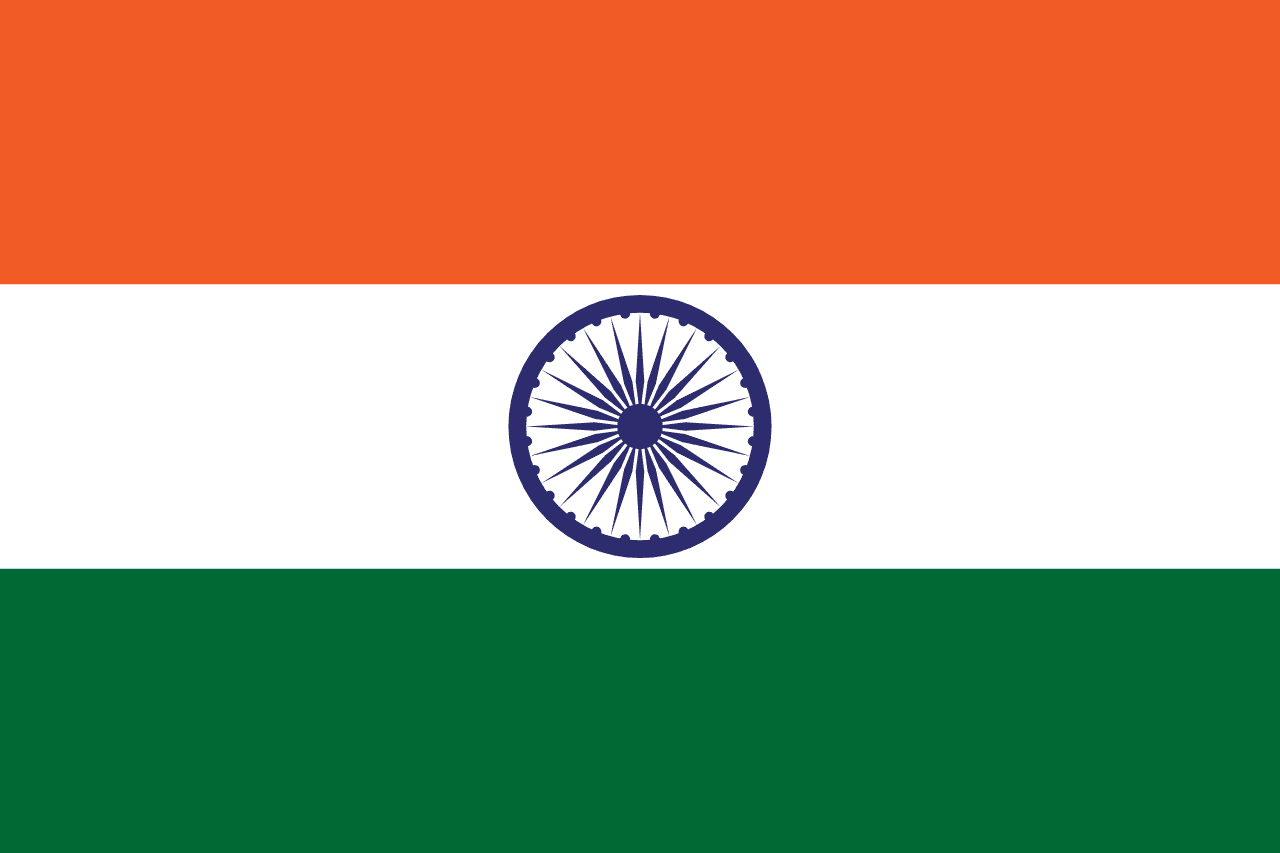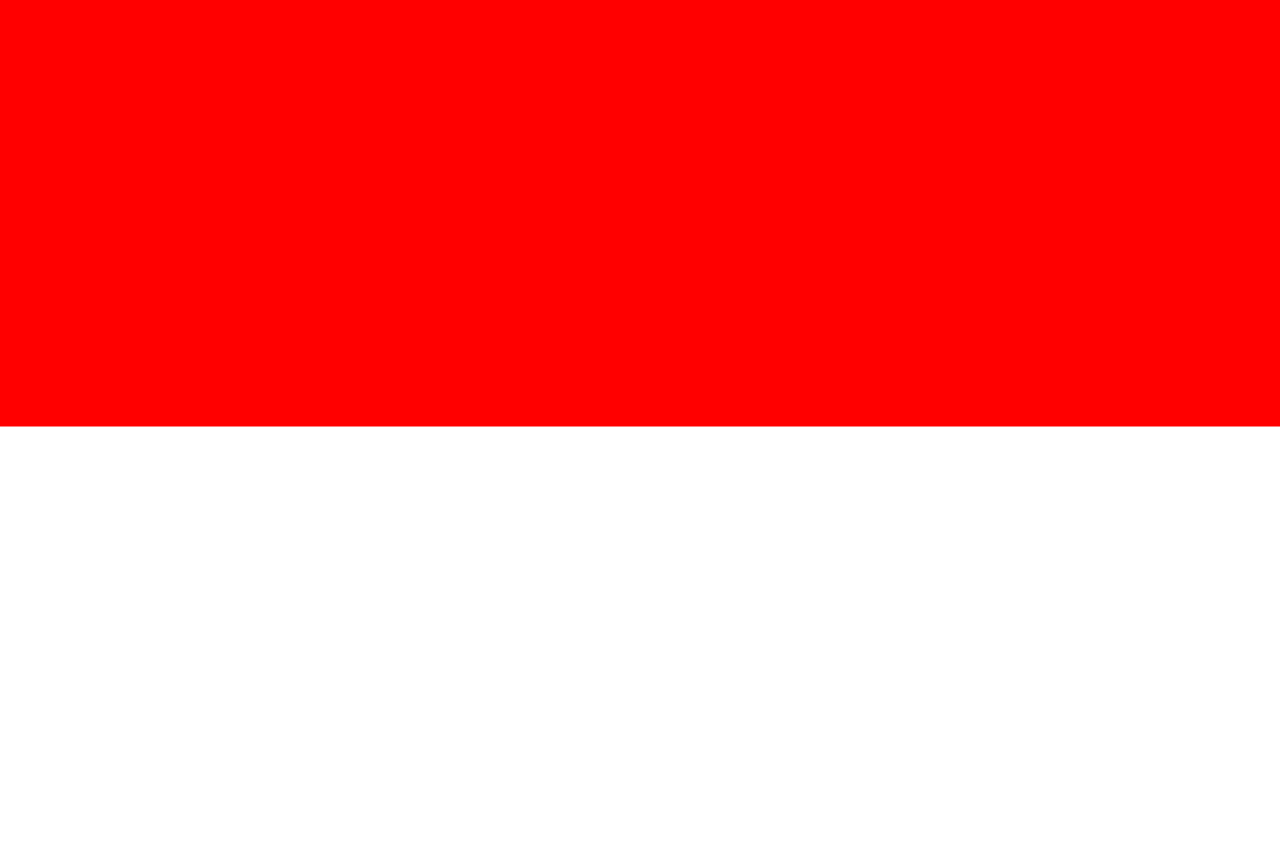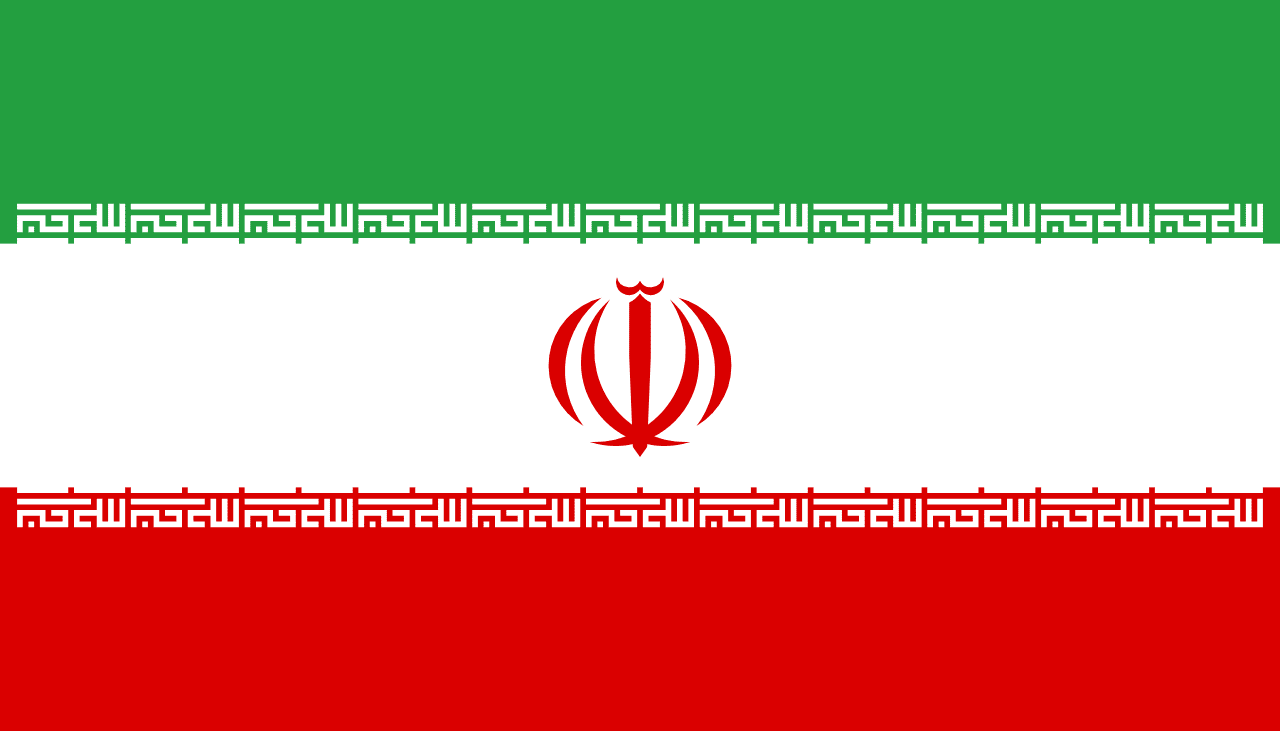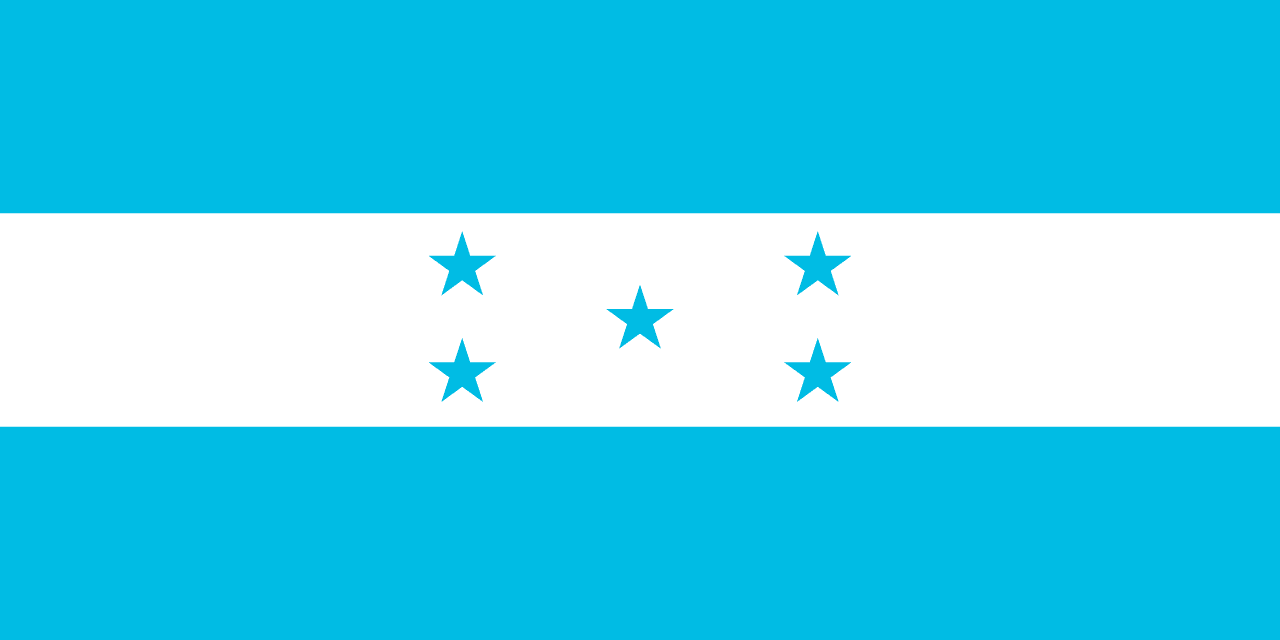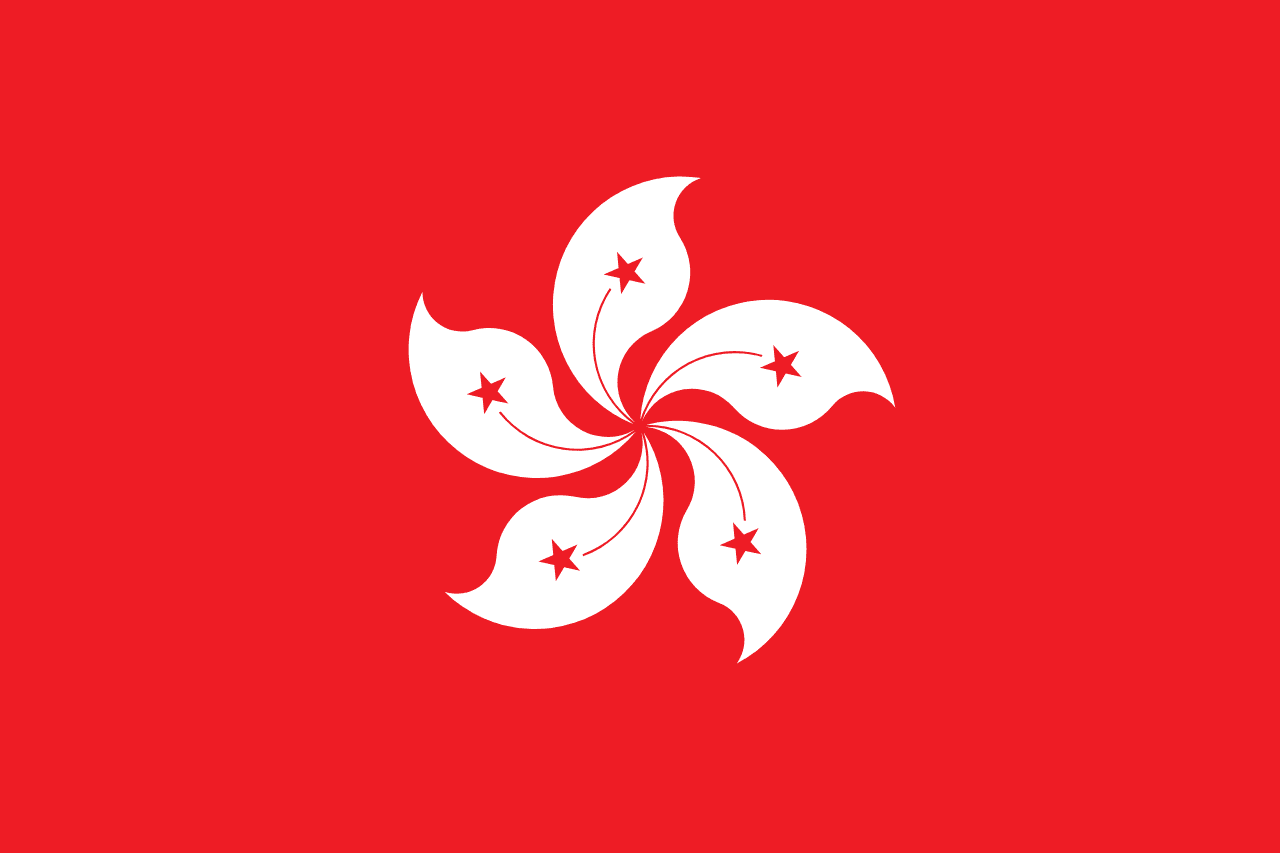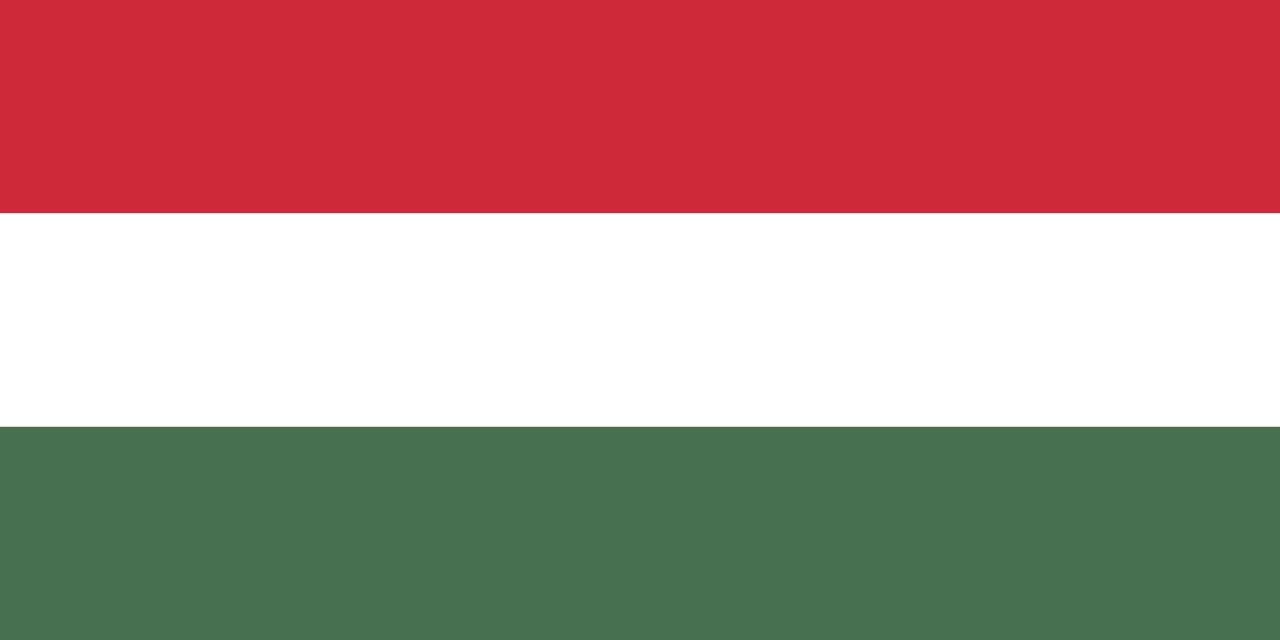The flag of Iceland features a blue field with a red Nordic cross outlined in white. This distinctive design, known as a Nordic cross flag, reflects Iceland's historical and cultural ties to other Nordic countries while also symbolizing the unique natural beauty and character of this island nation.
Iceland information
| National Flag Day | — |
| Sovereign state | Yes |
| Official name | Republic of Iceland |
| Capital | Reykjavik |
| Population | 360,334 |
| Area | 103,000 km² |
| Currency | Icelandic króna (ISK) |
| Language | Icelandic |
| Continent | Europe |
| Region | Northern Europe |
| Subregion | Nordic countries |
| Borders | — |
| Timezone | GMT (UTC+0) |
| Calling code | +354 |
| Top-level domain | .is |
History of the Icelandic Flag
 The current design of the Icelandic flag was officially adopted on June 19, 1915, though it wasn't recognized as the national flag until Iceland gained full independence from Denmark on June 17, 1944. The flag's history, however, dates back to the early 20th century when Iceland was still part of the Kingdom of Denmark.
In 1906, Matthías Þórðarson proposed a blue and white flag design, which was informally used by some Icelanders. The red cross was added later, partly to acknowledge Iceland's historical ties to Norway and Denmark, both of which feature red crosses on their flags.
The choice of colors was deliberate, inspired by the Icelandic landscape:
Blue represents the Atlantic Ocean that surrounds the island.
White symbolizes the snow and ice that cover much of Iceland, particularly its glaciers.
Red represents the volcanic fires that have shaped Iceland's geology.
The flag design went through several revisions before being officially adopted. Its creation and adoption were significant steps in Iceland's journey towards independence, serving as a visual representation of Icelandic identity and aspirations for sovereignty.
The current design of the Icelandic flag was officially adopted on June 19, 1915, though it wasn't recognized as the national flag until Iceland gained full independence from Denmark on June 17, 1944. The flag's history, however, dates back to the early 20th century when Iceland was still part of the Kingdom of Denmark.
In 1906, Matthías Þórðarson proposed a blue and white flag design, which was informally used by some Icelanders. The red cross was added later, partly to acknowledge Iceland's historical ties to Norway and Denmark, both of which feature red crosses on their flags.
The choice of colors was deliberate, inspired by the Icelandic landscape:
Blue represents the Atlantic Ocean that surrounds the island.
White symbolizes the snow and ice that cover much of Iceland, particularly its glaciers.
Red represents the volcanic fires that have shaped Iceland's geology.
The flag design went through several revisions before being officially adopted. Its creation and adoption were significant steps in Iceland's journey towards independence, serving as a visual representation of Icelandic identity and aspirations for sovereignty.
Symbolism and Design of the Icelandic Flag
The Icelandic flag's design is rich in symbolism, reflecting both the country's Nordic heritage and its unique natural environment:
- The blue field represents the Atlantic Ocean, which plays a crucial role in Iceland's geography, climate, and economy. It also symbolizes the clear Icelandic sky.
- The white cross represents the ice and snow that cover much of the island, particularly its glaciers, which are a defining feature of Iceland's landscape.
- The red cross symbolizes the volcanic fires that have shaped Iceland's geology over millions of years. Iceland is one of the most volcanically active places on Earth, and this geological activity is central to the country's identity.
- The Nordic cross design links Iceland to its Scandinavian neighbors, reflecting shared cultural and historical ties. However, the unique color combination sets the Icelandic flag apart, emphasizing the country's distinct identity.
- The proportions of the flag are also significant. The cross is not centered but slightly shifted towards the hoist side, a characteristic shared by other Nordic cross flags. This design ensures that the cross is clearly visible even when the flag is not fully unfurled.
Usage and Significance of the Icelandic Flag
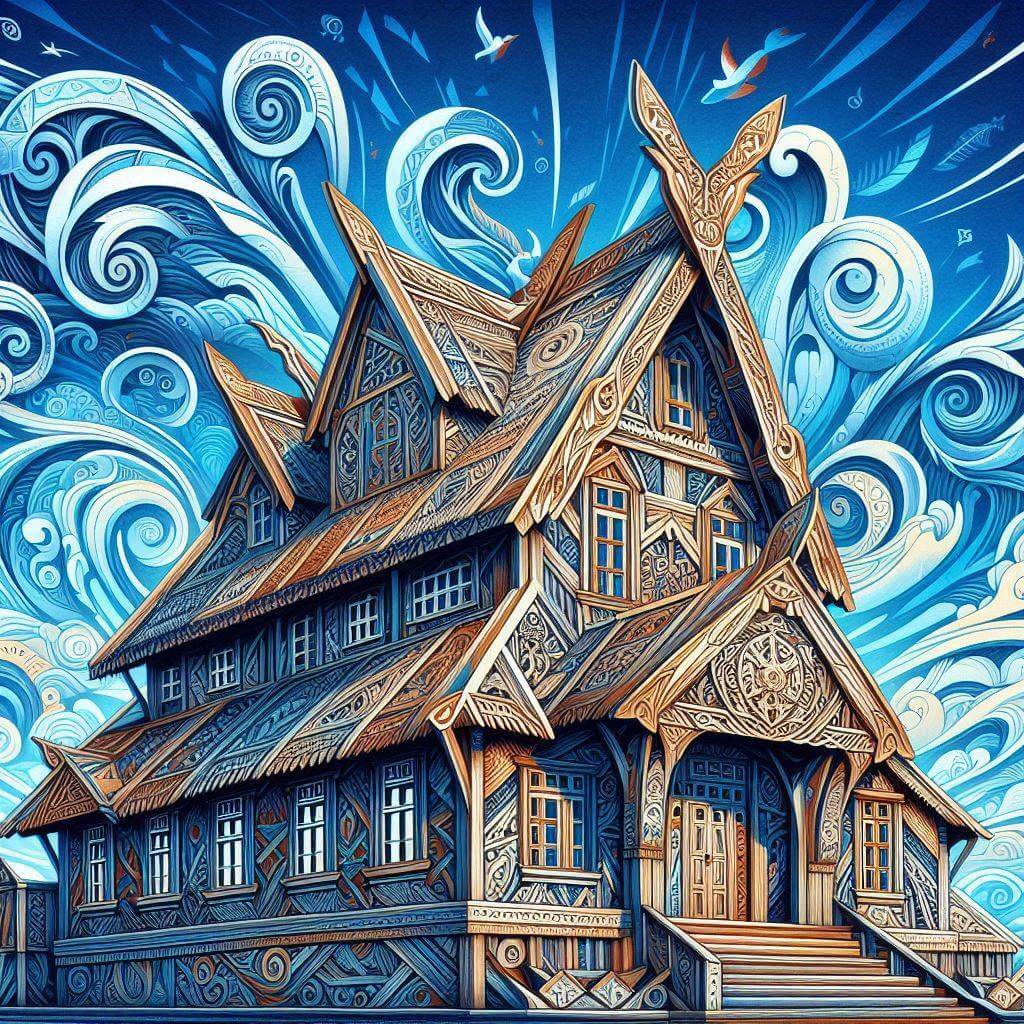 The Icelandic flag holds great importance in national life and is a source of pride for Icelanders. It is prominently displayed on government buildings, schools, and during official ceremonies and national holidays.
Key occasions for flag display include:
The Icelandic flag holds great importance in national life and is a source of pride for Icelanders. It is prominently displayed on government buildings, schools, and during official ceremonies and national holidays.
Key occasions for flag display include:
- June 17: Icelandic National Day, celebrating independence from Denmark in 1944
- December 1: Sovereignty Day, commemorating Iceland becoming a sovereign state in 1918
- First day of summer (a Thursday between April 19-25): A traditional Icelandic holiday
The flag is also flown on private occasions such as confirmations, weddings, and funerals, reflecting its deep integration into Icelandic culture and personal life. In international contexts, the flag represents Iceland at diplomatic functions, United Nations gatherings, and sporting events. During the Olympic Games and other international competitions, the Icelandic flag serves as a powerful symbol of national identity and pride. The flag's design has also influenced Icelandic graphic design and branding, with its colors and Nordic cross motif often incorporated into logos and visual identities representing Iceland.
Interesting Facts About the Icelandic Flag
- Iceland has strict rules about the treatment and disposal of flags. When a flag becomes worn or faded, it must be burned privately and with dignity.
- The exact shades of blue and red in the flag are specified by law to ensure consistency in production and display.
- Iceland is the only Nordic country whose flag does not feature the Scandinavian colors of red and white exclusively. The addition of blue makes it unique among Nordic cross flags.
- The flag's design inspired the logo of Icelandair, the country's national airline, which incorporates the flag's colors and cross motif.
- During the Cod Wars with the UK in the 1950s and 1970s, the Icelandic flag became a symbol of national sovereignty and the country's determination to protect its fishing rights.
- In Icelandic folklore, the colors of the flag are sometimes associated with the country's guardian spirits: the bull (red), the eagle (white), and the giant (blue).
